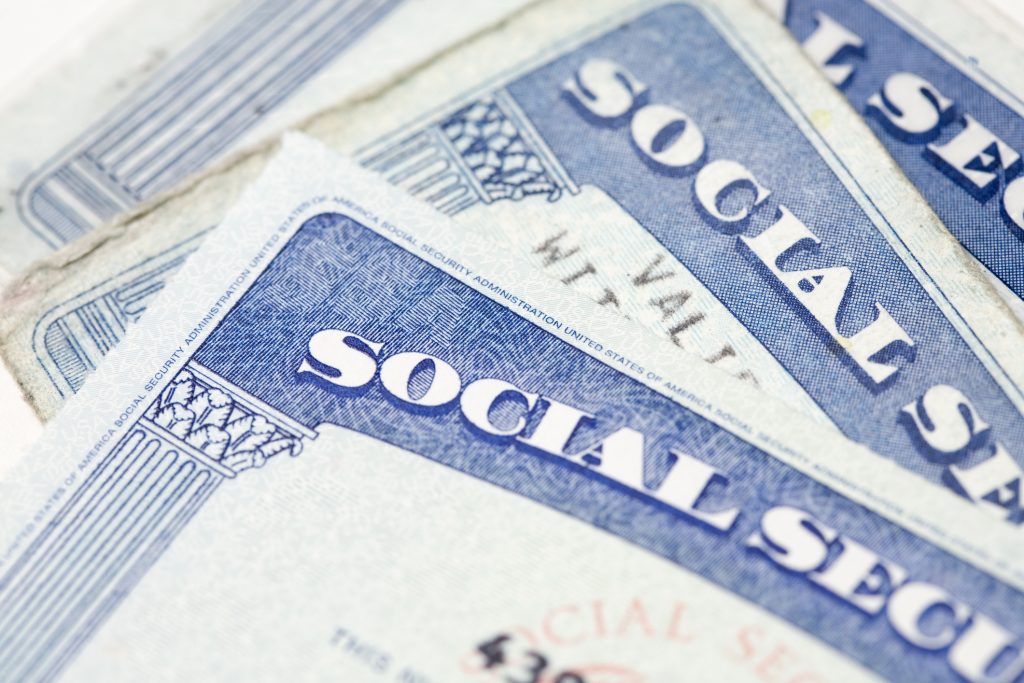Your Social Security checks could look a little different this month if you’re one of the 3.2 million Americans affected by the recent passage of the Social Security Fairness Act. Some retired workers could see their checks increase by an average of $360 per month beginning with their April payment. That’s more than seven times the average increase Social Security beneficiaries saw due to the 2025 cost-of-living adjustment (COLA).
It could drastically improve your quality of life, particularly if you depend on your checks to cover most of your monthly expenses. But you need to be aware of a hidden drawback to this benefit bump.
Where to invest $1,000 right now? Our analyst team just revealed what they believe are the 10 best stocks to buy right now. Learn More »

Image source: Getty Images.
How larger Social Security checks could affect your taxes
Seniors affected by the Social Security Fairness Act stand to take home hundreds, if not thousands, of dollars more in benefits this year. However, that increase in benefits could also put them at risk of owing Social Security benefit taxes. If they were already paying them before, they could lose an even bigger percentage of their checks when it comes time to file their 2025 tax return.
That’s because of how the Social Security benefit tax formula works. It’s based on your provisional income — your adjusted gross income (AGI), plus nontaxable interest from municipal bonds, and half your annual Social Security benefit. The table below breaks down what percentage of your benefit you could owe ordinary income taxes on based on your provisional income and your marital status.
|
Marital Status |
0% of Benefits Taxable if Provisional Income Is Below: |
Up to 50% of Benefits Taxable if Provisional Income Is Between: |
Up to 85% of Benefits Taxable if Provisional Income Exceeds: |
|---|---|---|---|
|
Single |
$25,000 |
$25,000 and $34,000 |
$34,000 |
|
Married |
$32,000 |
$32,000 and $44,000 |
$44,000 |
Data source: Social Security Administration.
These thresholds haven’t changed in over 30 years, so as average checks continue to rise, so does the likelihood that you’ll owe Social Security benefit taxes.
To be clear, you won’t lose up to 85% of your checks. But you could pay your ordinary income tax rate — anywhere from 10% to 37% — on that income. That could total thousands of dollars for some people.
This is something to be mindful of if your benefits see a substantial increase this year due to the Social Security Fairness Act. If you’re concerned about what this could do to your tax liability, you can take steps to prepare yourself now so you don’t get a surprise bill next tax season.
How to prepare for Social Security benefit taxes
Even with a benefit increase from the Social Security Fairness Act, it’s not a given you’ll owe benefit taxes. If you’re worried, you could try to reduce your provisional income to keep yourself below the taxable threshold. You can do this by limiting how much money you withdraw from your retirement accounts or by relying more upon Roth savings. These withdrawals are generally tax-free — and therefore don’t count toward your AGI — because you paid taxes on your contributions when you made them.
If this doesn’t work, your next-best option is to prepare for benefit taxes. You can do this by either saving money on your own to cover the tax liability or requesting that the Social Security Administration withhold money from your checks for taxes. Consult with a tax professional if you’re not sure how much you should have withheld. They can also help you determine if you’re at risk of owing state Social Security benefit taxes.
Finally, it’s worth keeping an eye out for any law changes regarding Social Security benefit taxes. President Trump has vowed to eliminate them, but so far, there hasn’t been much movement on this issue. This tax could go away in the future, though.
The $22,924 Social Security bonus most retirees completely overlook
If you’re like most Americans, you’re a few years (or more) behind on your retirement savings. But a handful of little-known “Social Security secrets” could help ensure a boost in your retirement income.
One easy trick could pay you as much as $22,924 more… each year! Once you learn how to maximize your Social Security benefits, we think you could retire confidently with the peace of mind we’re all after. Join Stock Advisor to learn more about these strategies.
View the “Social Security secrets” »
The Motley Fool has a disclosure policy.
 fool.com
fool.com benzinga.com
benzinga.com



